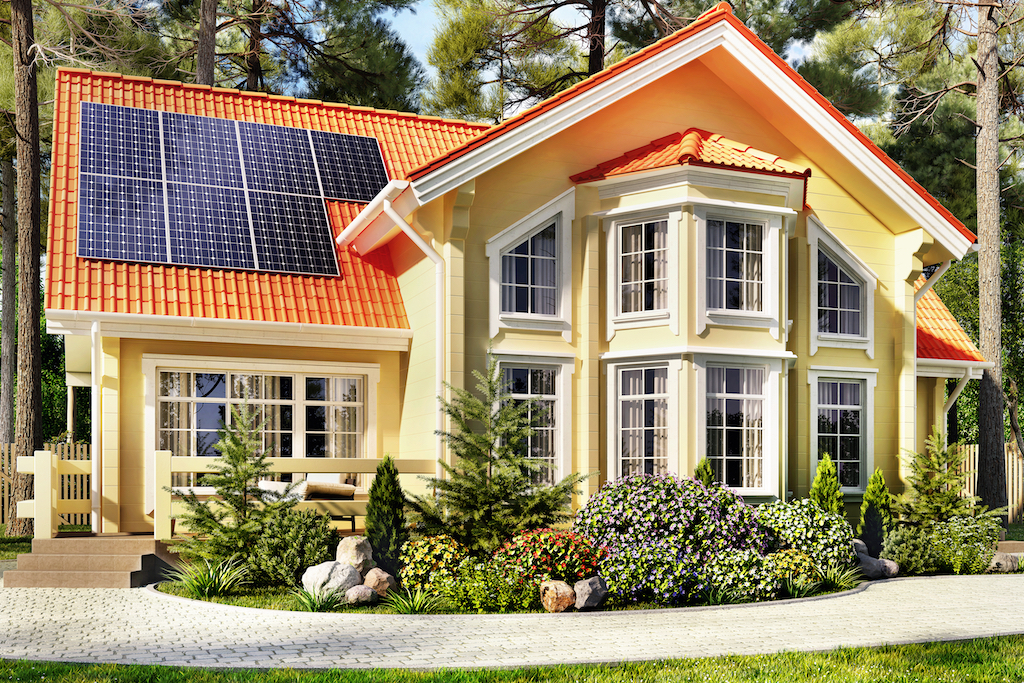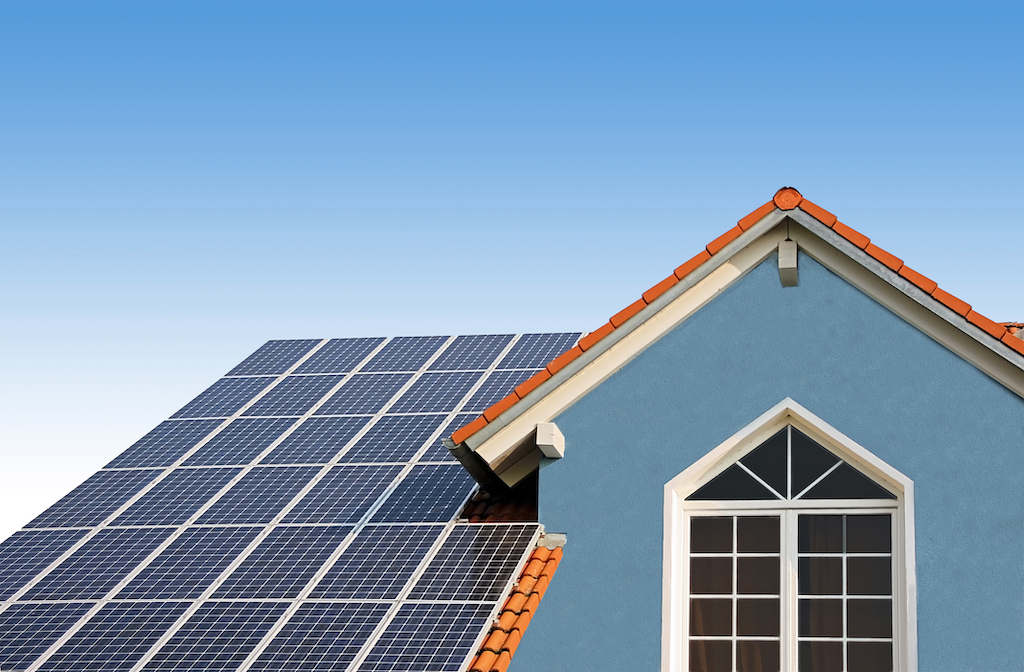
Power bills are on the rise. In fact, some calculators say that in the next 10 years, we may be paying twice as much as we pay now. It is definitely a good idea to begin thinking about making the change to solar energy. Consider it this way:
Currently, if you’re still enrolled with a local power company, you’re paying for power that you are never going to own to a “landlord” that raises your “rent” annually. If you pay $100 per month for 10 years, that’s $12,000 on something for which you’re earning zero return on your investment.
Even if you own your home, you don’t own your power. You’re at the mercy of utilities, regulators, and governments for your energy. Conversely, solar gives you back control. With an average of 216 sunny days per year, excellent incentive programs, and new laws that protect net energy metering (NEM), there’s never been a better time to install a solar array in South Carolina. Now is the time to jump on board.
Why go solar?
- Mitigate outages. Add battery storage and rely on clean energy when outages occur.
- Sure savings. Solar panels take advantage of the sun’s eternal power by providing consistent, reliable power, and you’ll immediately save up to 70 percent on your electric bill.
- Lower your carbon footprint. Unlike fossil fuels, solar energy is both clean and renewable.
- Increase your home’s value. Solar-powered homes stand out, earn more, and sell faster.
- Incentives are available. Take advantage of immediate tax credits and incentives.
Types of solar panels
If you’ve already begun shopping, you’ve noticed that all solar panels don’t look alike. But it’s not just cosmetic; it’s performance. Each has different capabilities, energy-efficiency levels, and total installation costs. The four most popular types of solar include:
- Solar Shingles. The modern answer to a beautiful roof that looks like and is as durable as architectural asphalt shingles but offers solar energy. But they offer added benefits, equipping your home with a solar energy system. Each solar shingle can produce anywhere from 13 to 67 watts of solar energy and withstand just about any weather. However, the cost to install solar shingles is higher than standard asphalt shingles.
- Polycrystalline Solar Panels. Polycrystalline types of solar panels were developed first and are recognizable for their rectangular shape, created when silicon is melted and poured into a mold. They are cost effective, but polycrystalline cells are not as heat tolerant or efficient as other options as they do not generate as much electricity from the sun.
- Monocrystalline Solar Panels. This option has a more uniform color, a cylindrical shape and a purer silicone formula that offers higher levels of efficiency. Monocrystalline panels are more expensive to purchase than polycrystalline, yet they last longer, and they often come with long warranties.
- Thin Film Solar Panels. These are a newer type of solar panel that are gaining popularity. Layers of semiconductor materials (silicon, cadmium telluride, and copper indium gallium selenide) are rolled out as a film on a surface. They are less efficient than crystalline panels, take more roof space, and degrade more quickly, so have shorter warranties. However, they are inexpensive, more flexible than crystalline solar cells, and can be manufactured into shingles.
You will also want to consider which kind of solar inverter works best with your solar energy system and roof. There are three basic kinds: Central or string, microinverters, and power optimizers. Talk to your contractor about your specific needs.

Determining cost
The cost per watt usually goes down as the system size increases, and costs for residential solar have been decreasing. Consumers should keep in mind that costs may vary by installer and are subject to change at any time. The exact cost and savings of your system may vary depending on several factors, including your home’s average utility costs and energy usage; your rooftop’s solar potential, or the amount of sun it receives yearly; the average local cost for a solar panel system in your area; the average labor costs and demand in your area; and local incentives and rebates you can receive
For consumers who cannot purchase a solar system outright, financing may be available. A wide variety of financing and incentive options are available, depending on the situation. These financing options include loans, leases, tax credits, and incentives. Several additional resources are available for financing a solar electric system including banks, construction loans, first mortgages, home equity loans, and home refinance.
Solar panels allow consumers to generate clean energy and can save money. Be aware, however, that electing to go solar is like buying a car—consumers should do their homework, get quotes from several sources, and carefully consider which choice is best for their home. As with any big-ticket purchase, consumers should watch out for misleading sales tactics and scams.
How to Find a Solar Panel Installer
- Get at least three quotes.
- Check qualifications/references.
- Hire an installer certified by the North American Board of Certified Energy Practitioners (NABCEP).
- Consider working with a contractor who handles all the paperwork.
- Ask if the permit process is included in the labor cost.
- Find out if the contractor or a subcontractor will be installing your panels.
- Work with a contractor who has experience with your specific utility company.
- Never work without a contract that includes details of a down payment, an agreed upon payment structure and a final payment; warranty information, a cancellation policy and legal fine print that you’ve read before signing; the date upon which your project will begin and end; and the business license number and contact information of your contractor.
- Keep receipts, detailed records, and progress photos.
- You have the right to withhold the final payment for any deviance from the contract.



